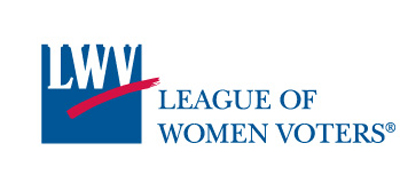By Chom Graecen
Around 1 a.m. December 7, 2012, a bulk carrier, Cape Apricot, slammed into the trestle at Westshore Terminals in Roberts Bank, just north of the US border, destroying 400 feet of the coal conveyor system, disabling one of the two biggest coal export berths in North America.
Plumes of coal dust could be seen in the sea water after the conveyor system was rammed into by a capesize coal bulk carrier. (Photo credit: Vancouver Sun)
This is what we know so far:
– The 948-foot coal ship, Japanese owned but flying a Panamanian flag, sustained minimal damage to its bulbous nose.
– The severed conveyor system spilled about 30 tons of coal into the Georgia Strait.
– Coal contains toxic polycyclic aromatic hydrocarbons (PAHs) and heavy metals. Physically it can cause clogging of respiratory and feeding organs of marine wildlife.And what still remains a mystery as of Dec 17 (10 days after the accident):
And what still remains a mystery as of Dec 17 (10 days after the accident):
– Why did the ship with a pilot on board ram into the trestle instead of turning into the berth?
– What actions, if any, have been taken to clean up the coal spill? My calls to Port Metro of Vancouver, the lead agency in cleanup, were not returned.
– Why was Cape Apricot already released to deliver coal to Asia while information on the cause of collision was not?
In a phone conversation with Transportation Safety Board of Canada, I learned that a team has been investigating the case since Dec 7. But the board will only reveal next week if they will do a full investigation. If not, they will not reveal any details.
The lawsuit filed by Westshore Terminals against the Japanese owner of Cape Apricot partially explains the withholding of information about the nature of mishap. Yet, the public has the right to know and understand if and how regulations related to shipping safety have been breached. The incident also raises questions about risks and safety of coal shipping and coal export business.
What if the bad steering happened while the ship moved at full speed instead of docking speed? What if the single-hulled ship crashed into shallow sharp rocks or a tanker instead of the flying bridge? What is the chance of accidents like this or worse happening again, especially in light of the planned coal and tar sands oil export expansions? Do relevant government agencies have sufficient resources to deal with ship emergencies and major coal/oil spills?
While this is a timely wake-up call for what is to come for us, the accident created an added pressure by the coal industry to accelerate port expansion. Coal is the largest export of British Columbia, generating $5.2 billion revenues last year. Over a quarter of total BC coal exports were moved through the causeway which is now damaged and will take months to repair.
In BC alone, plans to build/expand coal ports would add 20 million tons/year of capacity to the existing 49 million tons/year. There are also six new coal ports proposed in WA and OR, including the one at Cherry Point, which would add a total of 150 million tons of capacity if all were built.
Are you ready to live with more than a tripling of coal export traffic from Pacific NW, not to mention tar sands oil traffic?
If this is not something you welcome, please write a scoping comment on the proposed coal terminal at Cherry Point. The scoping period is one clear window of opportunity you have to make a difference and it is open only until Jan 21, 2013. Make sure you ask that the project is considered as part of the overall plans to move massive amounts of coal and tar sands through Pacific NW to Asia.
**If you are reading theOrcasonian for free, thank your fellow islanders. If you would like to support theOrcasonian CLICK HERE to set your modestly-priced, voluntary subscription. Otherwise, no worries; we’re happy to share with you.**








Thank you for your update. Many people didn’t even know about the coal accident. In their scoping comments, I hope that people are asking for studies on both the short and long term damage from 30 tons of coal being spilled into nearby waters, just a short distance from the San Juans.
This is a great article, while definitely a ecologically horrible event, it should help to raise the concerns of citizens in our area who are against the proposed coal terminal in Washington State waters. We need to spread the word and foward this article into the minds of anyone willing to listen, and see the possible effects of coal being shipped though these waters!